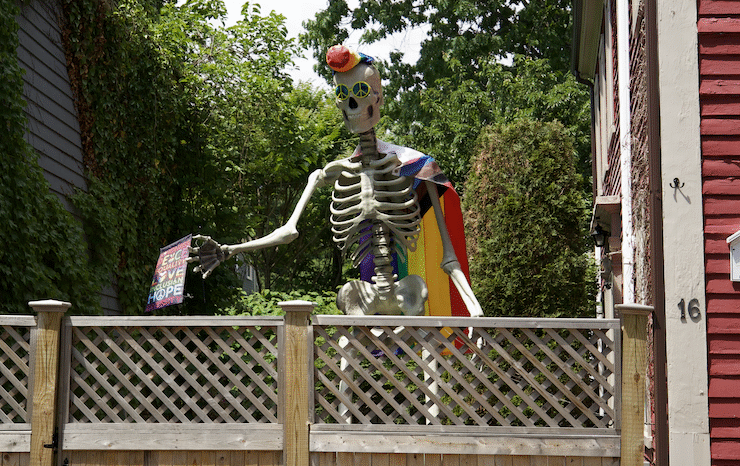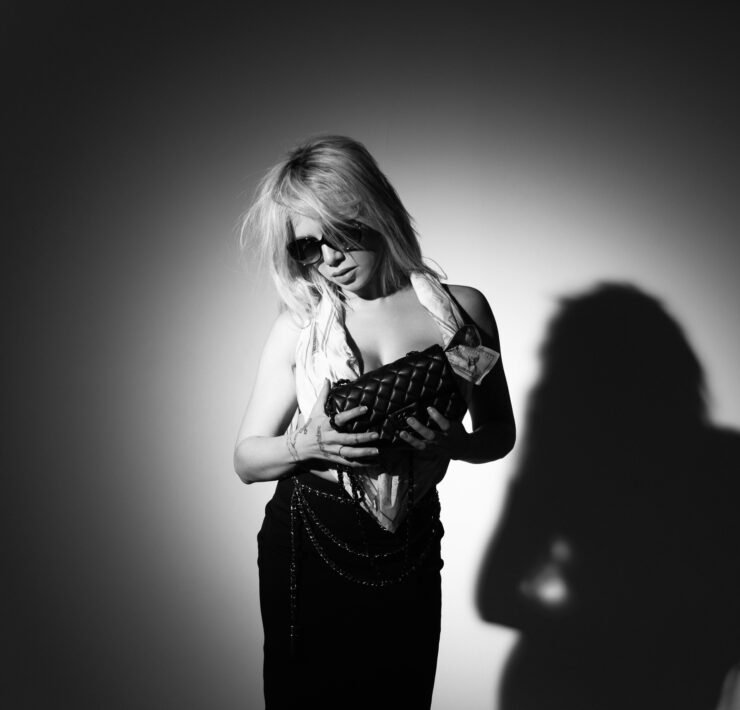Mural Festival for Deaf and Hard-of-Hearing Artists Finds Success

Grayson Buckley (he/they) is a writer, artist, and editor based…
Kate Fitzpatrick, Coloradan wildlife artist, was tired of seeing erasure and ableism in the art scene. She decided to take matters into her own hands with KissFist – a Denver mural festival for deaf and hard-of-hearing artists to have a place to shine their brightest.
As a child of deaf adults, Fitzpatrick knew there was culture in the deaf community. As a mural artist across Colorado, she saw an absence of this culture in the art world and sought to change that: “There is culture, language, art, and so much more that is specific to the deaf community …This is a complete, diverse, and valuable community that deserves to thrive in every way possible as it is.” There are not many dedicated spaces for disabled artists, or specifically deaf and hard-of-hearing artists, to create in accommodating and accepting environments.
Concerned with previous events’ lack of access for disabled creators in general, she began her own festival that would provide both accommodations and community. From October 17 to October 19, KissFist Mural Festival featured nine deaf and hard-of-hearing artists in RiNo Art Park. Fitzpatrick ensured that interpreters, live captions, and other accommodations would be present for creators and festival-goers alike. Murals were smaller than at your typical mural festival, and painting hours were shortened, two aspects of these spaces that can make it inaccessible for disabled folks. She also ensured payment would be above the average market rate to support the deaf community in an already inequitable world.
When there is difficulty accessing jobs, healthcare, and resources, it is a breath of fresh air to have a space for creativity in the disabled community. Fitzpatrick’s goal for KissFist was to provide this creative space that celebrates deafness, not stifles it: “I want to create a third space … Every day, you are in your home. That’s a first space. You probably also go to school or work. That’s your second space. So a third space is another location where you can gather with friends, your community … My vision for the festival is to create a temporary third space.” The festival’s success in its first iteration will hopefully inspire more festivals to come, creating more third spaces for the groups that often can’t find them.
Photo courtesy of the press release
What's Your Reaction?
Grayson Buckley (he/they) is a writer, artist, and editor based in Colorado. He enjoys writing poetry and making zines, as well as doing collages. When he isn't writing or creating, Buckley enjoys playing games with his friends and spending time with his cat, Orion.










